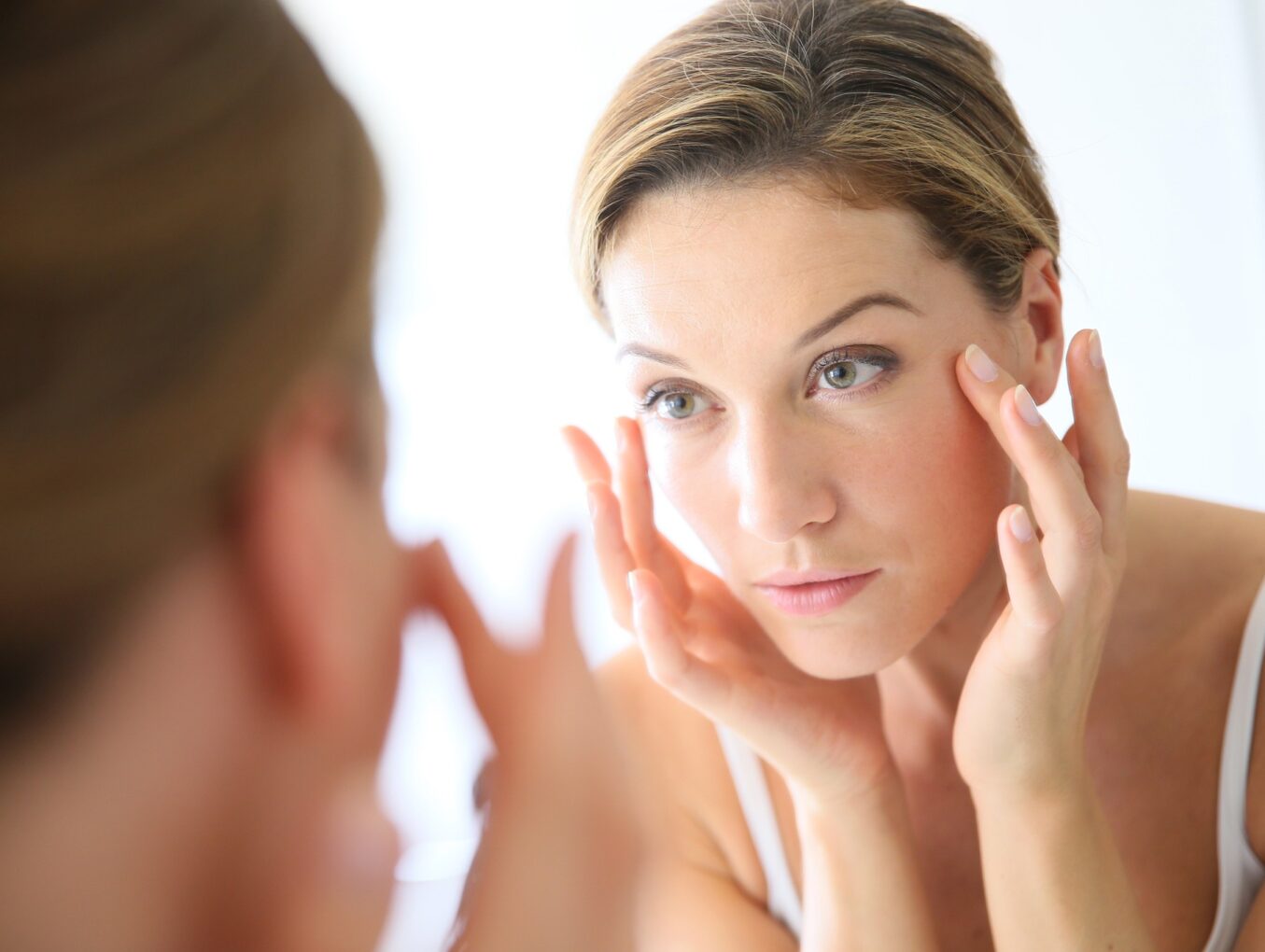Botox is an injectable cosmetic drug that temporarily paralyzes your muscles. It uses onobotulinumtoxin A, a neurotoxin produced by bacteria called Clostridium botulinum.
At high concentrations, the toxin causes botulism poisoning. Botulism is a serious form of muscle paralysis that’s associated with contaminated food.
Botox injections are considered safe. The injection uses a diluted amount of toxin to stop muscles from contracting which helps wrinkles soften and relax.
Most people use Botox to reduce the appearance of facial wrinkles. It’s also used to treat conditions like:
– chronic migraine
– hyperhidrosis (excessive sweating)
– overactive bladder
– lazy eye
– cervical dystonia (neck spasms)
Technically, the term “Botox” is the brand name of a drug. Other types of botulinum toxin type A injections are available under different brand names, like Dysport and Xeomin.
The aftercare for these drugs is similar. This article collectively refers to all botulinum toxin injections as “Botox.”
Botox aftercare instructions
The goal of Botox aftercare is to encourage optimal treatment results. It can also minimize the risk of bruising and spreading to other areas.
Generally, on the day you get Botox, it’s a good idea to:
– gently exercise your face
– relax for the rest of the day
– maintain a normal heart rate
– avoid touching, rubbing, or physical pressure on the affected area
– leave the treated area alone
You can also follow the best practices for Botox aftercare below.
Return to your normal activities
Botox injections don’t require any recovery time. Therefore, you won’t have to take off work or school. You can resume your usual activities right after.
Wait 24 hours to exercise
If exercise is part of your daily routine, wait at least 24 hours to work out. Your doctor might suggest waiting for several days.
Physical activity increases blood flow. This could potentially spread the toxin to unintended areas and reduce its effectiveness at the injection site. It also increases the risk of bruising.
Exercise also contracts your muscles, which may decrease the toxin’s effectiveness.
However, it’s safe to do facial exercises like:
– frowning
– smiling
– raising your eyebrows
These movements can help the effects of Botox show up sooner.
Go makeup-free
If you received a Botox injection in your face, take a break from makeup for 24 hours. Applying makeup will rub the skin, potentially dispersing the toxin.
Sit up
Sit up for the first 4 hours after getting Botox. Bending or lying down might spread the toxin and promote bruising.
Ask your doctor about medications
Some medications might increase your risk of bruising. Be sure to ask your doctor when it’s safe to start taking them again
Aftercare precautions
Botox aftercare also includes some precautions. On the day of your procedure, here’s what you should keep in mind.
Don’t drink alcohol
Before getting Botox, you’ll be asked to avoid alcohol for 24 hours. Alcohol increases the risk of bruising.
This holds true after the procedure, too. Wait at least 24 hours after your injection before consuming alcohol.
Don’t touch your face
To avoid spreading the toxin, don’t touch your face for at least 1 day. Some doctors suggest waiting 3 days.
If you got Botox in another part of your body, you should also avoid touching those areas.
This includes professional massages on the treated areas. It’s best to schedule your next massage for several days later.
Avoid other skin treatments
Botox needs some time to settle into the muscle. For the first 24 hours, avoid other skin treatments like:
– facials
– facial massages
– exfoliating scrubs
– dermal fillers
Getting these treatments too soon may reduce the effectiveness of your injections.
Don’t sleep on the treated areas
Try your best to avoid sleeping on the injected areas. This will minimize the physical pressure and let the Botox settle into your muscles.
Also, avoid sleeping within 4 hours after your procedure.
Avoid sun exposure for at least 4 hours. The heat can promote flushing and increase your blood pressure, which may encourage bruising. To be extra safe, avoid the sun for 24 to 48 hours.
It’s also best to avoid other forms of heat exposure, such as:
– tanning bed
– hot tubs
– hot showers or baths
– saunas
When to see a doctor
After getting Botox, it’s typical to have redness, tenderness, and swelling. These side effects usually disappear in 1 day.
Bruising is also common. You can apply a pack of ice for relief. The bruising should go away in about 2 weeks.
But if you notice any of the following effects, get medical help:
– muscle weakness
– trouble swallowing
– difficulty speaking
– difficulty breathing
– poor bladder control
– vision changes
Although these side effects are rare, they warrant immediate medical attention.
Takeaway
Botox is a procedure that can be done in a doctor’s office. You can go home right after, but you’ll need to follow the best practices for Botox aftercare. This is key for achieving optimal results.
If you’re not sure what you can or can’t do after getting Botox, talk to a doctor. They can provide specific aftercare tips based on your treatment and your lifestyle.
CREDIT: Healthline

